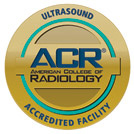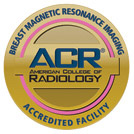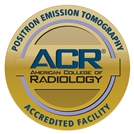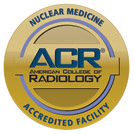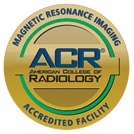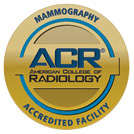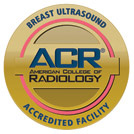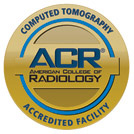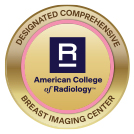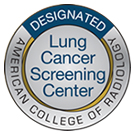Blood is constantly pumping through our veins to the heart, lungs and throughout the body. When a blockage or backflow occurs, blood is not being delivered to the organs and tissues that need it, which is a serious cause for concern. At Midstate Radiology Associates, we have a procedure to evaluate disease in the blood vessels called computed tomography (CT) angiography.
What Is CT Angiography?
CT angiography is a minimally invasive medical test that uses imaging technology to take detailed pictures of the blood vessels. A contrast material is injected into the body before the scanning takes place, so the blood vessels being examined are more clearly defined. The injection is typically transmitted through a small catheter in the arm, so the process is virtually pain-free. The blood vessel images can be obtained one of three ways: Catheter X-Rays, computed tomography or magnetic resonance imaging.
Who Should Have This Procedure?
CT angiography can uncover serious medical conditions, including aneurysms and blood vessel blockages. It can be used to examine blood vessels almost anywhere in the body, from the brain down to the legs and feet. After a high-impact injury, a doctor may order a CT angiography to identify any internal damage. The test can also detect:
- Blood supply to tumors
- Heart abnormalities
- Atherosclerotic disease in the carotid artery, which could cause stroke
- Pulmonary embolism
CT angiography is also used to plan surgical procedures, such as stent implantation, kidney transplant and coronary bypass.
What You Can Expect
On exam day, wear comfortable and loose-fitting clothing and remove all metal objects from the body, including eyeglasses and jewelry. We ask that patients stop eating a few hours before the procedure, so there is no interference with the contrast material injection. If you are allergic to the contrast material, inform the doctor right away. You should also disclose all medications, if you are pregnant or have any family history of the following diseases:
- Heart disease
- Asthma
- Diabetes
- Kidney disease
- Thyroid issues
The procedure is similar to an X-Ray or magnetic resonance imaging – the patient lies on an exam table and slides into a short tunnel, where a rotating scanner obtains the images. You will be asked to remain still and hold your breath during each scan, as subtle movements can interfere with the angiography results.
Does computed tomography angiography sound like the right procedure for you? Contact us to make an appointment today!





